Tomato Shalun: advantages and cultivation of the variety
The variety was bred by Siberian breeders and is gaining more and more popularity. This is due to the fact that Siberian varieties have a stable immunity to diseases, give abundant yields and are distinguished by early maturity. They yield crops even in an unstable climate in areas of risky farming.
Cherry tomatoes from the Siberian collection are suitable for growing outdoors, in greenhouses and at home. In the first case, the harvest is greatly influenced by weather conditions. When grown in greenhouses, yields are more stable and mature several weeks earlier. With home cultivation, it is possible to feast on sweet vegetables throughout the year.
Content:
- Characteristics of Shalun tomatoes
- Seed preparation
- Soil preparation
- Preparing and sowing seeds for seedlings
- Transplant and seedling care
- Threats from diseases and pests
Characteristics of Shalun tomatoes
Tomatoes of the Shalun variety were included in the Russian State Register as a crop for cultivation in open ground and under film shelters. These tomatoes are suitable for fresh consumption and for all types of canning.
Shalun belongs to the early maturing varieties.
Bushes can reach a height of two meters, so you should take care of the support. The variety needs pinching and forming a bush into one or two stems. The leaves are small, saturated green.
The inflorescences are complex and as a result, long fruit clusters are formed, on which up to 40 tomatoes are placed. Fruits are obovate small, weighing up to 12 grams, painted in a raspberry-pink color. The pulp is of medium density and covered with a thin, strong skin, therefore, when canning, the fruits do not crack. Vegetables reach ripeness 105-110 days after sprouting.
The advantages of the variety are:
- high rates of transportability
- early maturity
- abundant and stable yield
- immunity to late blight and tobacco mosaic virus
- endurance in an unstable climate
The crop can be harvested both with brushes and with individual fruits. Three bushes are planted on one square meter, the yield of which is up to five kilograms. Sowing seeds for seedlings is recommended to be carried out 55-65 days before planting in a permanent place.
For earlier harvests, as well as in regions with long winters, tomatoes are grown by seedlings. To get high-quality seedlings, you should carefully consider each stage.
Seed preparation
Seeds can be purchased at specialized locations or harvested by yourself. Seeds are collected according to the standard scheme:
- The ripe ones are selected tomatoes the correct shape from the most productive bushes.
- Selected vegetables are placed in a warm place until fully ripe (tomatoes should be soft).
- Seeds are removed from ripe fruits and washed under running water. The seeds should be well separated from each other.
- The washed seed is laid out on an absorbent dry cloth so that they do not touch and dry for two days.
- Dried seeds should be distributed in paper bags and stored in a dry, warm place until spring sowing.
Soil preparation
Experienced gardeners recommend harvesting the soil in the fall. To prepare a soil mixture, garden or forest land, rotted humus and sand are mixed in equal amounts. The preparatory procedures take place in several stages.
- The soil mixture is sieved through a sieve, the mesh diameter of which is not more than 8 mm.
- In the soil (1 bucket) add sifted ash (200 grams) and crushed eggshells (100 grams), which can be replaced with chalk.
The prepared soil mixture is steamed to destroy fungal spores and weed seeds. To do this, a colander or a tin can with holes is placed on the bottom of a metal container, and a little water is poured. The container is filled with soil mixture, covered with a lid and left over medium heat for an hour and a half. After the lapse of time, the soil should be poured into a wider container and left to cool completely.
The cooled soil must be packaged in large plastic bags, securely closed and stored. It is important to bring ash in the fall so that it can be neutralized before spring. Active ash can burn the roots of the seedlings.
If the soil is prepared just before sowing the seeds, then no ash should be added.
And when the seedlings rise, then pour it twice with an ash hood. To prepare the hood, you need to fill a glass of ash with ten liters of water and leave for a day. Strain the solution before watering.
Preparing and sprouting seeds for seedlings
Seed preparation begins at the end of winter:
- sort and sort the seed, selecting large specimens of the correct shape
- selected seeds are placed in a gauze or cloth bag and kept in a strong manganese solution for about 30 minutes
- disinfected seeds are washed under running water for 20 minutes without removing from the bag
- the washed seeds are spread on a wet cloth fertilized with micronutrient fertilizers for home flowers and a growth stimulator
- cover the seed material on top with polyethylene, preventing it from touching the seeds, and place it in a warm place
- in a day, the seeds are placed in the lower compartment of the refrigerator for 3-4 hours, and then again in a warm place for a day. The alternation is repeated three times and left warm for germination.
The roots should appear in three to five days, after which you can start sowing. Sowing times of tomatoes differ in different climatic zones. The landing is carried out when the threat of spring frosts has passed. If conditions are favorable, the seedlings will be ready for transplanting in two months. If it is planned to grow tomatoes in a greenhouse, then sowing seeds for seedlings is carried out three weeks earlier.
Seedling containers are filled with prepared soil and sown tomato seeds are sown into it, deepening by 5 cm.
The crops are watered, covered with polyethylene and placed in a warm place. The seeds will sprout within a week. With the emergence of seedlings, polyethylene is removed, the soil is moistened and the seedlings are placed in a well-lit place.
If a seedling grown in a common box, then when two pairs of leaves appear, it needs dive in separate containers. This is done so that the seedlings do not stretch, and their root system gets stronger. After picking, the seedlings need to be regularly watered and fed with complex mineral fertilizers... And two weeks before transplanting into the ground, the grown seedlings should be hardened. At this time, watering is limited and the seedlings are gradually accustomed to sunlight.
Transplant and seedling care
Tomato seedlings are planted on the beds in mid-June, and in the southern regions at the beginning of May. Before planting, the soil is moistened and irrigated with microfertilizers for the development of beneficial microorganisms. The wells are prepared at intervals of 35 cm, and the distance between the rows should be at least 40 cm.
Bushes should be buried in cotyledonous leaves.If the seedlings are elongated, then the bushes are placed obliquely, directing the top to the south side and dropping them to a third of the height.
At the end of the planting procedure, watered and mulch.
Caring for Shalun tomatoes consists of regular watering, weed control and fertilization:
- Irrigation. Watering is carried out rarely, but abundantly. In the spring-autumn period - once a week and a half, and in the summer - once a week, but in extreme heat, the intervals between watering should be shortened. And during the fruiting period, watering is carried out at least twice every seven days. Water for irrigation should not be cold. It is defended and heated in the sun in tanks. If watering is frequent, then the tomatoes will form powerful bushes, which will affect the quality and quantity of the crop.
- Weeding. Planting tomatoes should be weeded regularly, which will not only help get rid of weeds, but also provide loosening of the soil. This procedure is necessary to ensure root system necessary oxygen.
- Fertilization. During the season, two main dressings are applied: three weeks after planting the seedlings in the ground and during flowering, for active fruit formation. Liquid and dry fertilizers are used as fertilizers. To prepare the first, potash, phosphorus and nitrogen fertilizers should be diluted in water. Also tomatoes need organicif it was not applied in sufficient quantity when preparing the beds for planting. For the preparation of liquid organic fertilizers, you can dilute slurry or manure in a ratio of 1:10. You can also use an infusion bird droppings, which is prepared a day before feeding.
Threats from diseases and pests
Tomatoes of the Shalun variety are resistant to late blight, because they ripen early and do not have time to get infected. Also, this variety is practically not susceptible to the tobacco mosaic virus. But it is not immune from fungal diseases, cancer and insect invasions.
For the prevention of diseases such as top rot, gray fruit rot, brown spot and phomosis, the seed should be properly processed and disinfect soil before boarding. You also need to follow the basic rules of cherry tomato farming. And when the first signs of disease appear, treatments are carried out fungicidal preparations.
From insects, tomatoes can be threatened bear, wireworms, gnawing moths, whiteflies and aphids... For pest control, traps are installed and plantings are treated with special means.
In general, Shalun tomatoes are unpretentious, and if you follow the recommendations, you can get stable high yields of sweet vegetables.
The main thing is to properly grow and plant seedlings, as well as adhere to the correct watering regime. If desired, in the summer, you can sow tomatoes in pots and grow in the house in the winter. The procedure for leaving is practically the same if you arrange additional lighting.
More information can be found in the video:



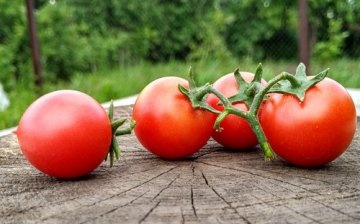
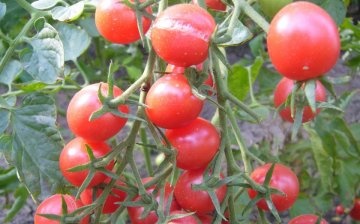
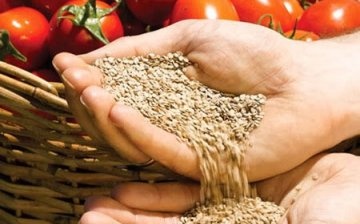
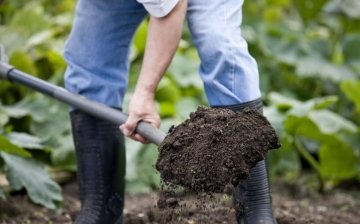
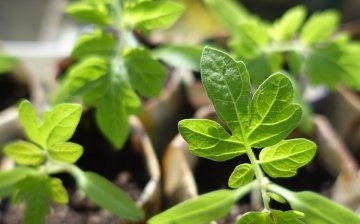
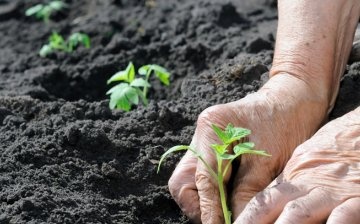
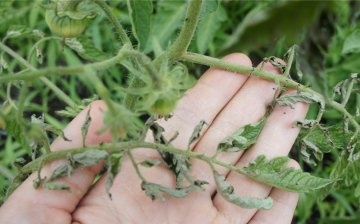







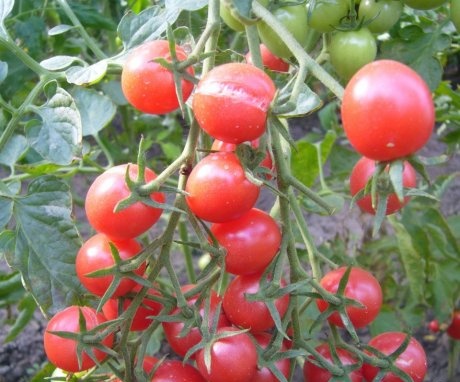
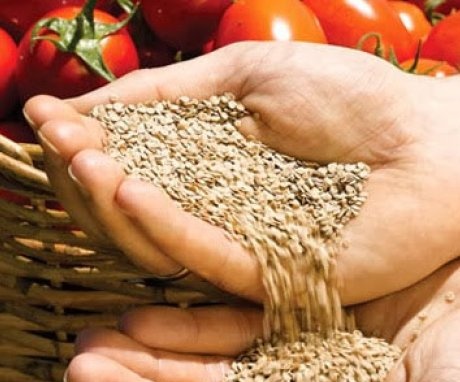
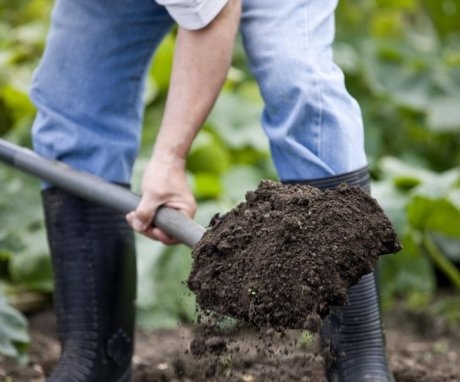
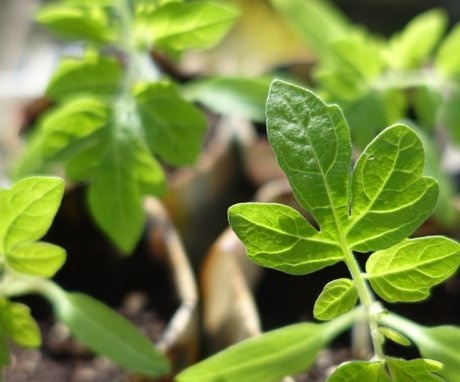
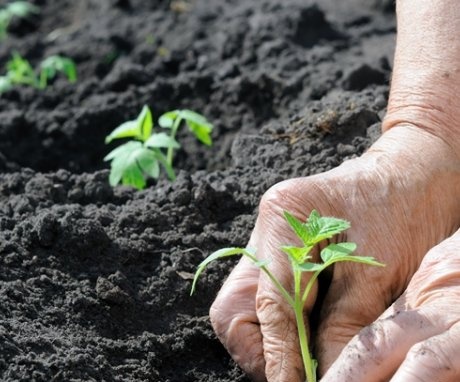
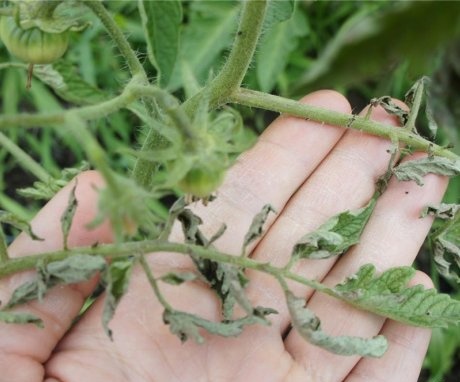
Any variety of tomatoes, it is better to grow not in one stem, but in two or three. The naughty variety is no exception. The main difficulty in growing, in my opinion, is the need to install fairly high supports for the bush. The rest of the care is the same as when growing many other varieties of tomatoes.